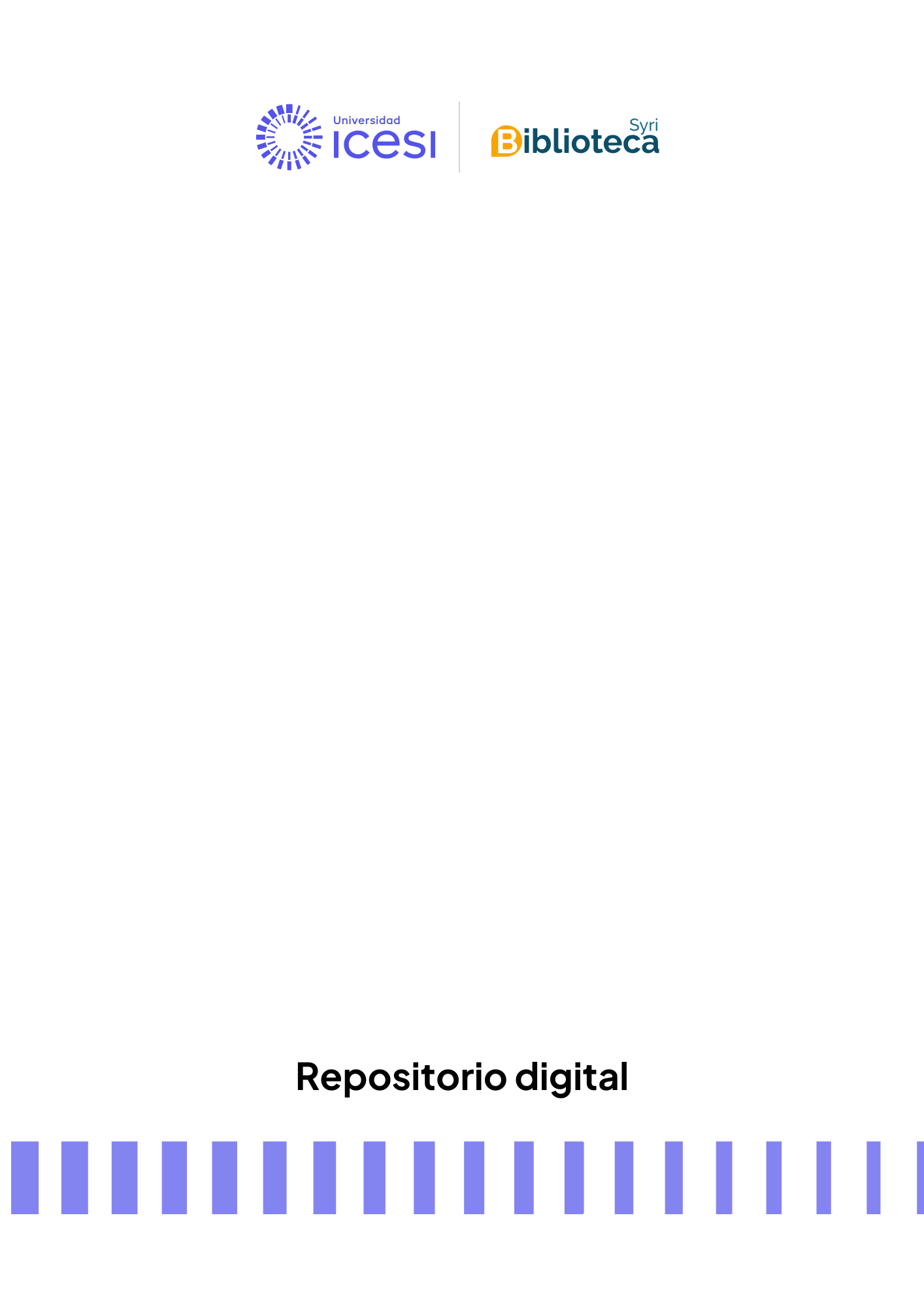Monitoring the microcirculation in the critically ill patient: current methods and future approaches

Archivos
Fecha
Autores
Director de tesis/Asesor
Título de la revista
ISSN de la revista
Título del volumen
Publicador
Editor
Compartir
Resumen
To discuss the techniques currently available to evaluate the microcirculation in critically ill patients. In addition, the most clinically relevant microcirculatory alterations will be discussed.
Review of the literature on methods used to evaluate the microcirculation in humans and on microcirculatory alterations in critically ill patients.
In experimental conditions, shock states have been shown to be associated with a decrease in perfused capillary density and an increase in the heterogeneity of microcirculatory perfusion, with non-perfused capillaries in close vicinity to perfused capillaries. Techniques used to evaluate the microcirculation in humans should take into account the heterogeneity of microvascular perfusion. Microvideoscopic techniques, such as orthogonal polarization spectral (OPS) and sidestream dark field (SDF) imaging, directly evaluate microvascular networks covered by a thin epithelium, such as the sublingual microcirculation. Laser Doppler and tissue O(2) measurements satisfactorily detect global decreases in tissue perfusion but not heterogeneity of microvascular perfusion. These techniques, and in particular laser Doppler and near-infrared spectroscopy, may help to evaluate the dynamic response of the microcirculation to a stress test. In patients with severe sepsis and septic shock, the microcirculation is characterized by a decrease in capillary density and in the proportion of perfused capillaries, together with a blunted response to a vascular occlusion test.

